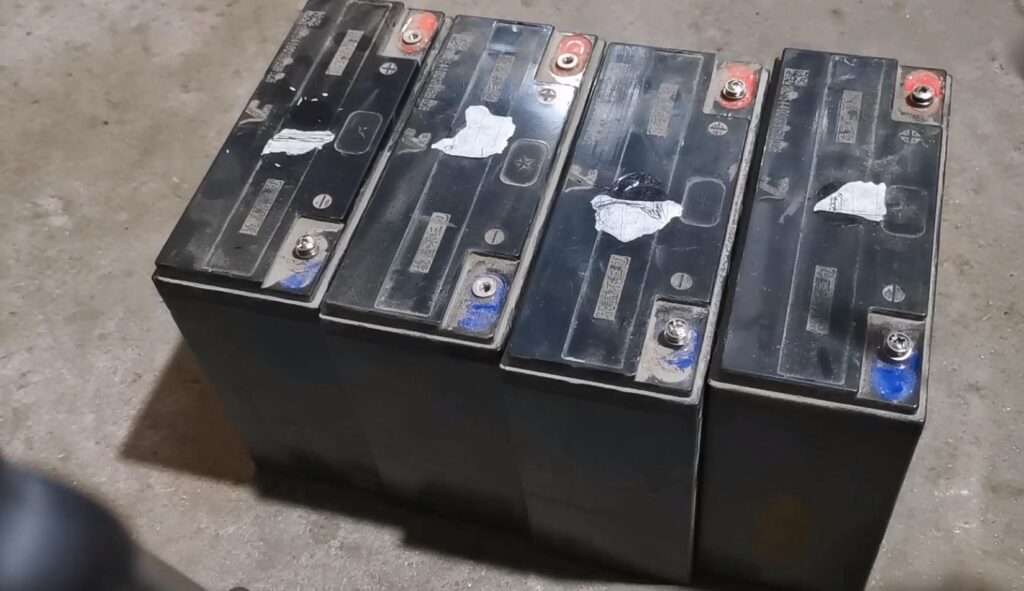To maintain the battery life of your electric tricycle, there are several key practices you can adopt, based on the information provided in the search results:

- Optimal Charging Timing: It’s recommended to charge the battery when it’s at around 30% remaining capacity. This helps to prevent overcharging and undercharging, which can both harm the battery’s lifespan. Waiting until the battery is almost depleted before recharging can stress the battery and reduce its overall cycle life.
- Avoiding Rapid Charging: Fast charging can introduce high currents and voltages into the battery, which can speed up the chemical reactions inside and potentially damage the battery cells. It’s better to charge your tricycle’s battery slowly using the original charger provided by the manufacturer to ensure the health and longevity of the battery.
- Temperature Control: Extreme temperatures, both hot and cold, can negatively affect battery performance and lifespan. In high temperatures, the battery may generate excessive gases that can lead to swelling, while in low temperatures, the battery’s chemical reactions slow down, reducing its effectiveness. It’s advised to charge your tricycle’s battery in a controlled environment, ideally at room temperature. If charging in summer, allow the battery to cool down after use before recharging.
- Proper Charging Duration: Overcharging can lead to an increase in the battery temperature and evaporation of water content from the electrolyte, which can decrease the battery’s capacity and lifespan. It’s important to unplug the charger once it indicates that the battery is full. For summer, it’s suggested to unplug the charger as soon as the indicator turns green, and for winter, you can continue to float charge for an additional 30 minutes to an hour.
- Regular Maintenance: Regularly inspect your battery for any signs of corrosion or damage. Keeping the battery terminals clean and ensuring that all connections are secure can help prevent unwanted discharges and prolong battery life. If you notice a significant drop in your tricycle’s range, it may be time to have the battery checked by a professional for any potential issues.
- Avoid High-Current Discharges: During acceleration, climbing hills, or carrying heavy loads, the battery may experience high-current discharges. Try to minimize such instances by using pedal assistance when possible, especially during startup or on inclines, to reduce the load on the battery.
- Storage Considerations: If you need to store your electric tricycle for an extended period, ensure that the battery is charged to at least 60%-70% before storage to prevent sulfation, which can occur if the battery is stored in a discharged state. Also, avoid storing the tricycle in areas with extreme temperatures.
By following these practices, you can significantly enhance the longevity and performance of your electric tricycle’s battery. Remember, proper battery care is essential for the reliable operation and longevity of your electric tricycle.

